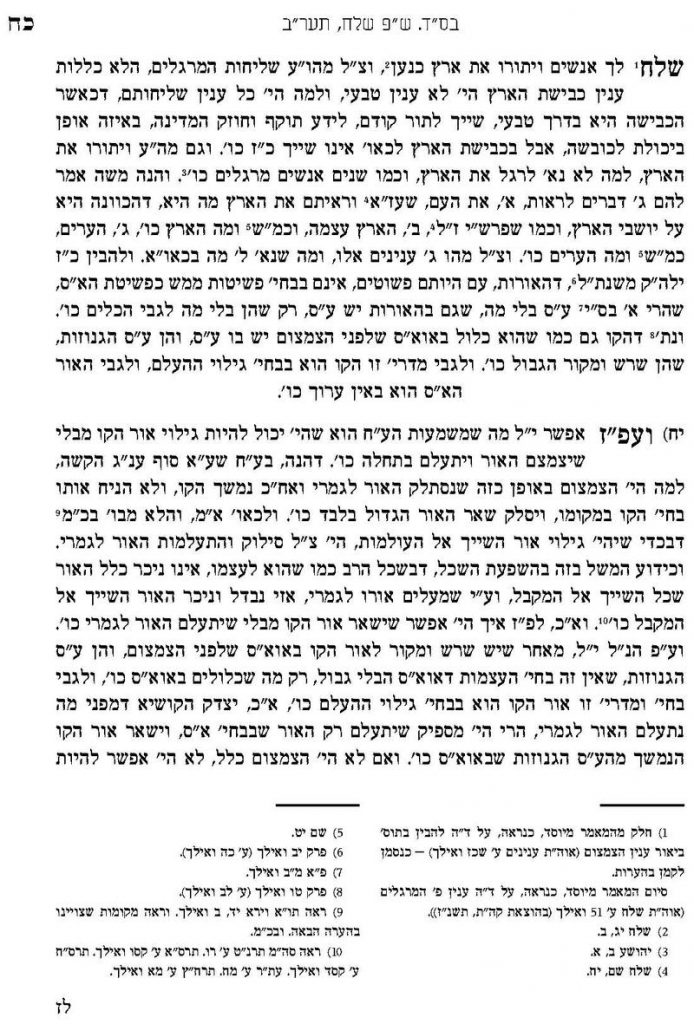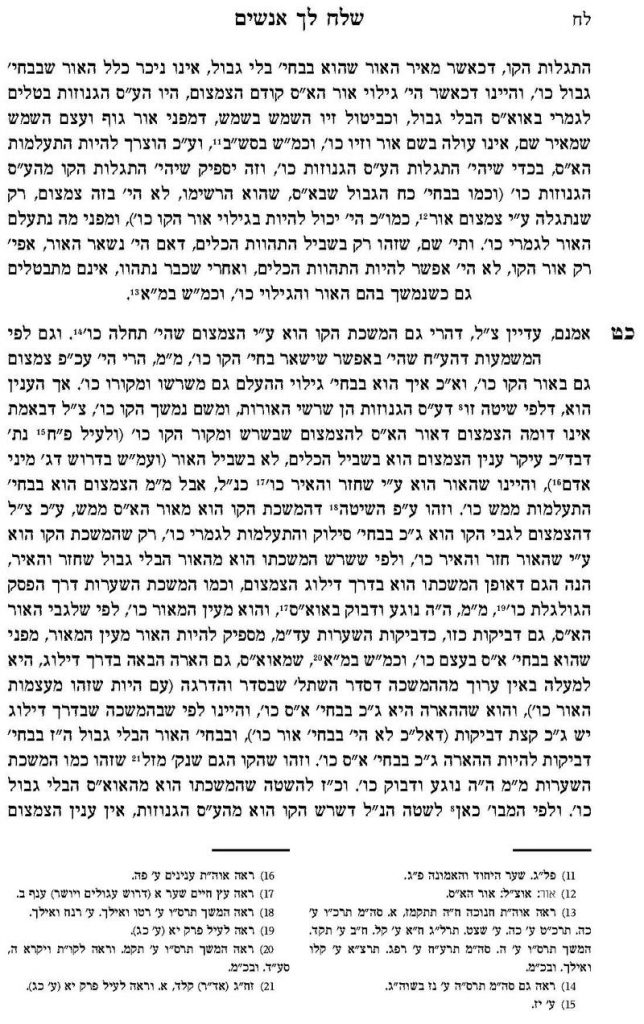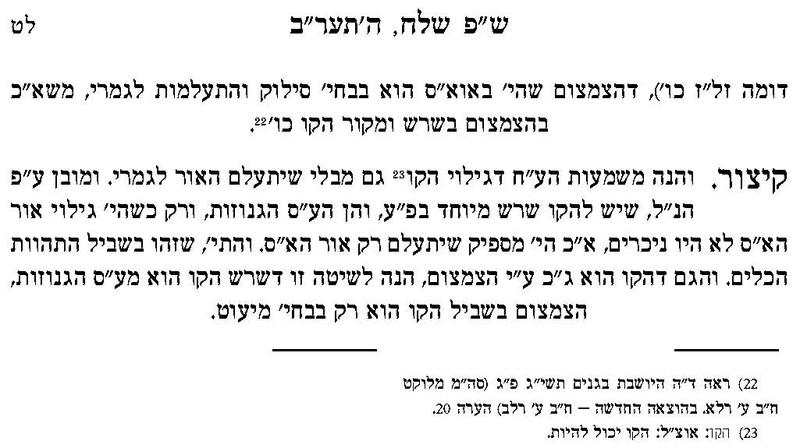AYIN BEIS | Existence Unplugged
Chapter 18: The Tzimtzum’s Impact on the Kav
Long Summary
The Etz Chaim asks the question: Why was was it necessary for the great tzimtzum to conceal the entire energy; why could it not have just concealed most of the energy, and just leave the think ray of the kav? Inferred from this question is that the kav on its own could have remained without being concealed by the tzimtzum. But how is that possible: if even some the light remained, an independent structured existence could not emerge (like a teacher who has to conceal all his wisdom before transmitting to a student)? However, based on the above — that the kav (the thin line of energy that emerges after the tzimtzum) is rooted in the ten hidden sefirot (the defined energy) that are concealed in the energy before the tzimtzum — we can understand the meaning of the Etz Chaim’s question: Since the kav is finite not infinite energy (according to the opinion discussed here), why did all the energy before the tzimtzum need to be concealed; the ten hidden sefirot (the root of the kav), being finite energy, could have remained without annihilating the structure of existence that emerged after the tzimtzum?
And the Etz Chaim answers, that the total eclipse of the tzimtzum was in order for the containers to come into being. Had even the ray of the kav remained, the containers could not have emerged. Once there was a total concealment, then the emerging could retain the energy.
But we need to understand: Since the tzimtzum affected and concealed also the kav (even according to the Etz Chaim), how can we say that the kav is only revealing what was concealed in the ten hidden sefirot (and not a new entity)? Answer: According to the opinion that the kav is rooted in the finite energy we have to conclude that the tzimtzum in the kav was only a form of diminishment, not total concealment (like that of the infinite energy). By contrast, according to the opinion that the kav is rooted in the infinite light, the tzimtzum totally concealed also the root of the kav.
[Now begins a lengthy discussion on the nature of the ten hidden sefirot, which concludes in chapter 28, in order to explain how the kav is revelation of the hidden.]
Hebrew Text



Concepts
Kav, Tzimtzum
Applications
Ayin Beis generally follows the opinion that the energy contains particles (the ten sefirot). This is clearly stated in chapter 18 (and in many other chapters to come, see for example chapter 129). Earlier in chapter 15 he cites the opinion of the Pardes that the ten hidden sefirot are the root of the containers, but then goes on to elucidate the opinion on this hemshech that it refers to the root of the energies. A point that needs evaluation is whether the opinion of the Pardes is the same as (or consistent with) the opinion cited in this chapter (18) that the root of the kav is in the infinite light.
Points to Consider
In the opening of the parentheses (on p. 25) he cites what was discussed earlier in chapter 8, that the primary purpose of the tzimtzum is for the containers, not the energy. Then he continues by saying that the energy (the kav) returned to radiate, but nevertheless the tzimtzum totally concealed it. And then he says that this is according to the opinion that the kav is rooted in the infinite light. Is he saying that the discussion in chapter 8 is not according to the opinion (followed in Ayin Beis) that the kav is rooted in the finite light? Why are we compelled to say so? Or is he beginning a new subject, though it is still in the same parentheses?
Also: The idea (in ch. 8) that the primary role of the tzimtzum is for the container seems consistent with what is stated earlier (before the parentheses) that the tzimtzum only diminished the kav (unlike the infinite light which was totally concealed), and its total concealment was only in order for the containers to come into being. So what is he adding in the beginning of the parentheses? Why didn’t he just begin the parentheses with the words that the tzimtzum is total concealment of the kav according to the second opinion)?

 Anchor
Anchor Breaker
Breaker Google Podcasts
Google Podcasts RadioPublic
RadioPublic Spotify
Spotify Pocket Casts
Pocket Casts